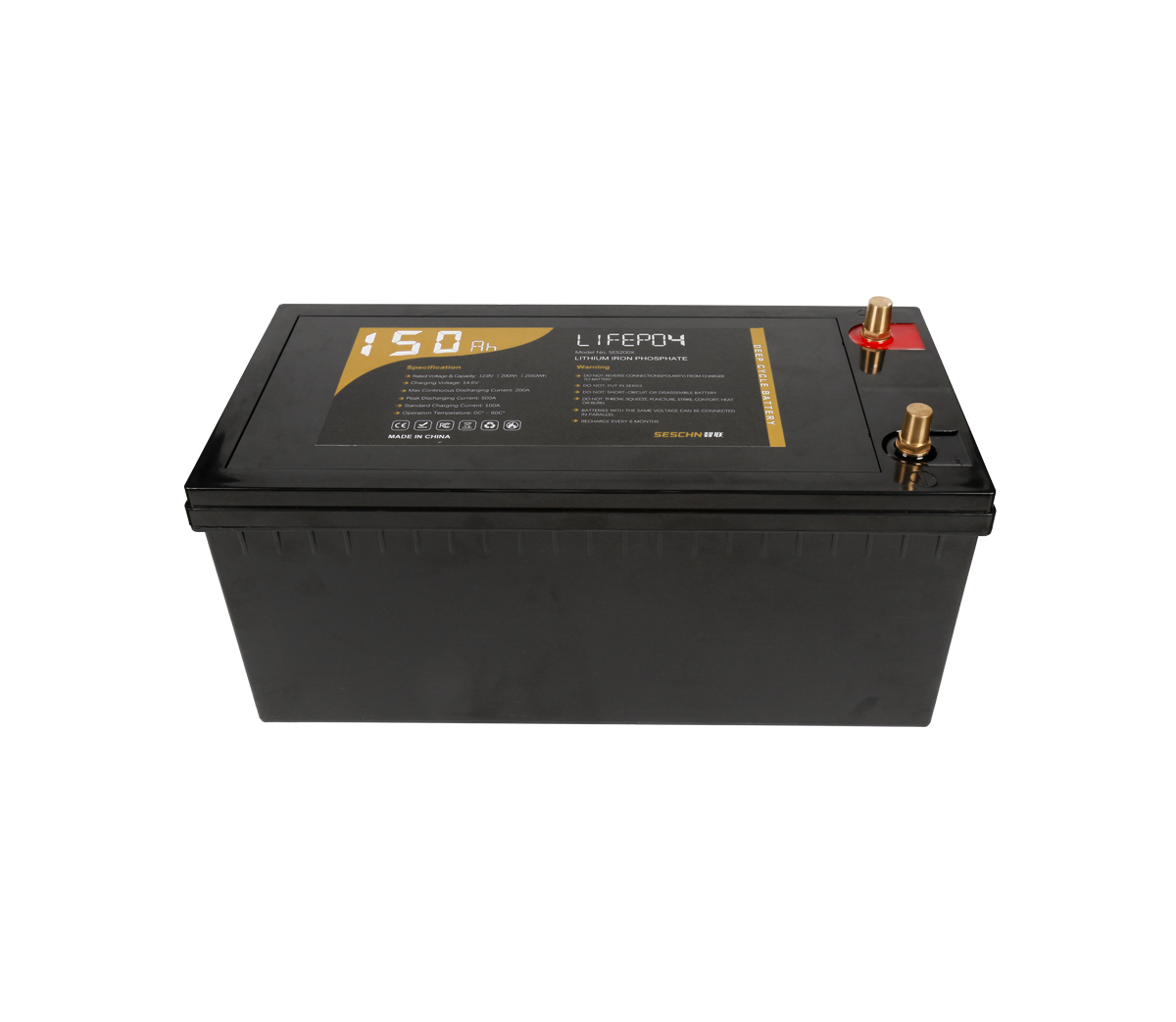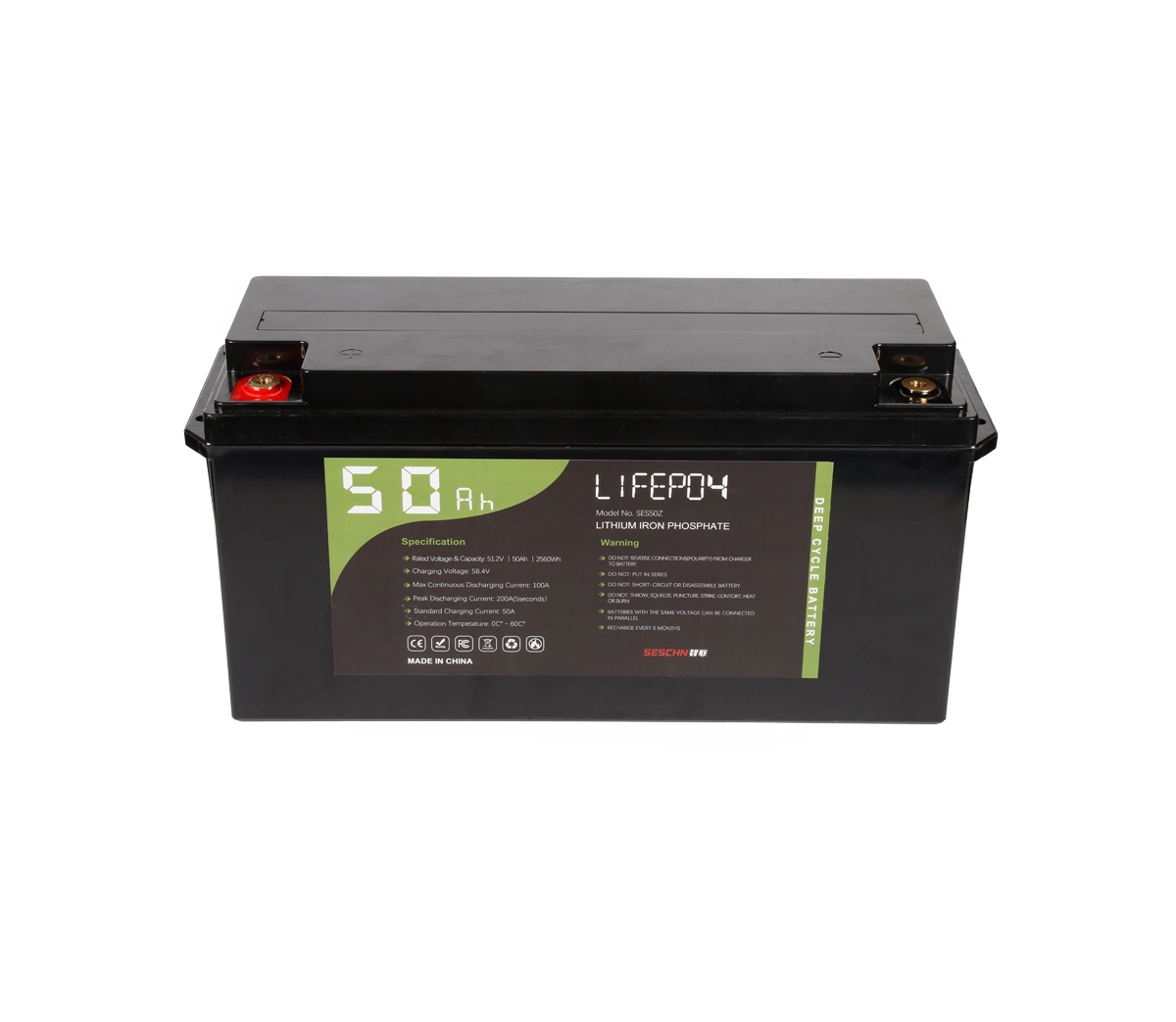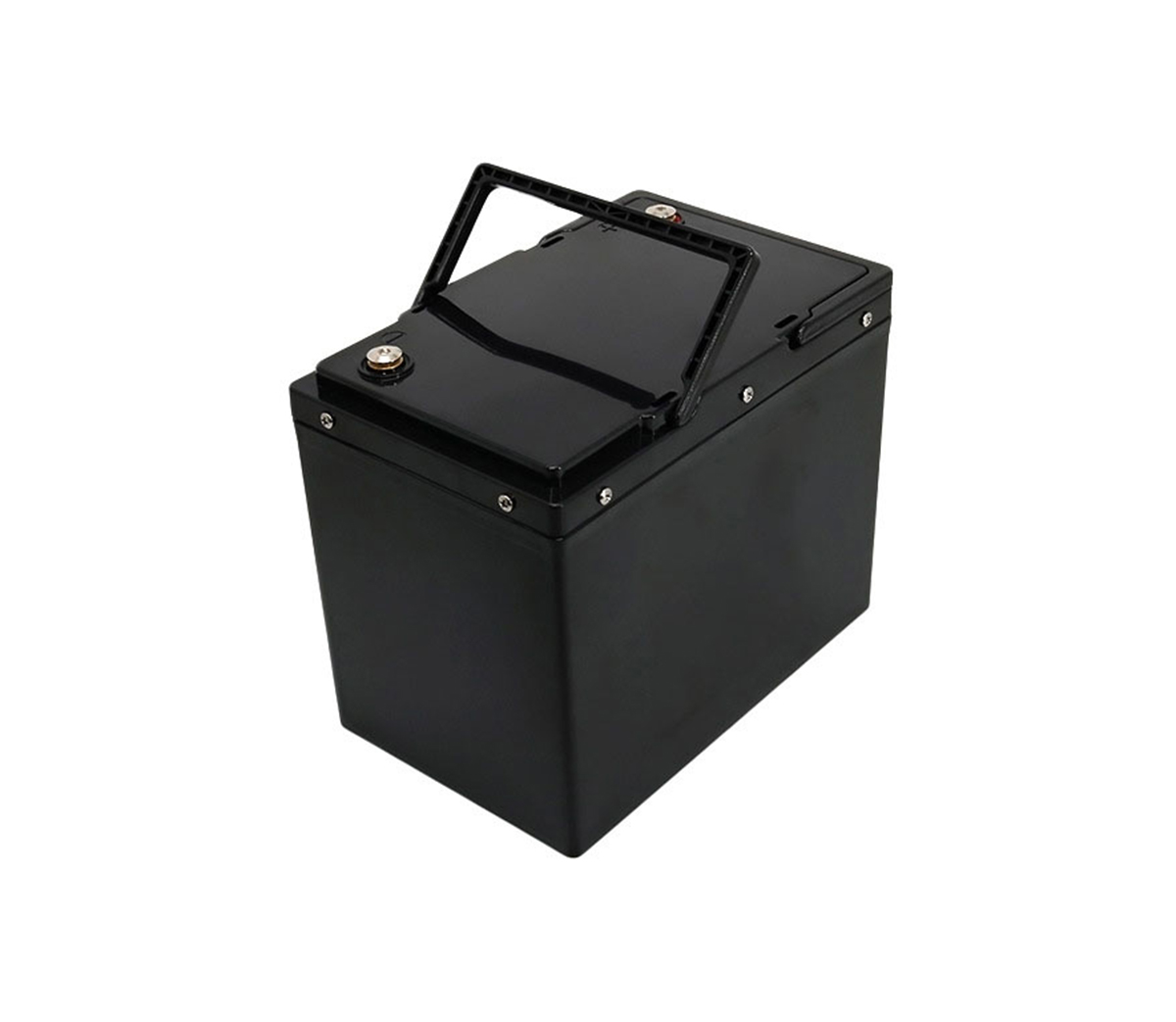What is the development direction and prospect of energy storage
technology?
The development of energy storage technology is the key to ensuring the
large-scale development of clean energy and the safe and economic operation of
the power grid. Energy storage technology can add electric energy storage links
in the power system, making the "rigid" power system with real-time power
balance more "flexible", especially to smooth the volatility caused by
large-scale clean energy power generation access to the grid, and improve the
operation of the grid The safety, economy, and flexibility. Energy storage
technology is generally divided into thermal energy storage and electric energy
storage. The future application of the global energy Internet is mainly electric
energy storage.
The development of energy storage technology is the key to ensuring the
large-scale development of clean energy and the safe and economic operation of
the power grid. Energy storage technology can add electric energy storage links
in the power system, making the "rigid" power system with real-time power
balance more "flexible", especially to smooth the volatility caused by
large-scale clean energy power generation access to the grid, and improve the
operation of the grid The safety, economy, and flexibility. Energy storage
technology is generally divided into thermal energy storage and electric energy
storage. The future application of the global energy Internet is mainly electric
energy storage. Electric energy storage technology is mainly divided into three
categories: physical energy storage, electrochemical energy storage and
electromagnetic energy storage. Physical energy storage Pumped water storage
is currently the most mature energy storage technology, with low energy storage
costs, and large-scale applications have been realized. At present, the total
installed capacity of pumped storage units in the world exceeds 100 million
kilowatts, and Japan, the United States, and China rank among the top three in
terms of installed capacity. The world is rich in hydropower resources. Through
rational use of terrain, larger capacity pumped storage units can be built to
better ensure the safety of power supply to the power grid. Compressed air
energy storage is the use of surplus electricity in the trough of the power
system to drive the air compressor to press air into the large-capacity air
storage chamber, which is to convert electrical energy into storable compressed
air potential energy. When the system's power generation capacity is
insufficient, the compressed air will be compressed Combustion with oil or
natural gas to drive the gas turbine to generate power and meet the needs of
system peak shaving. Compressed air energy storage has the advantages of large
capacity, long service life, and good economy. However, it needs to consume
fossil energy when generating electricity, resulting in pollution and carbon
emissions. Electrochemical energy storage Electrochemical energy storage is
currently the most cutting-edge energy storage technology. In recent years,
electrochemical energy storage technologies such as sodium-sulfur batteries,
flow batteries and lithium-ion battery energy storage have developed rapidly,
with huge development potential and broad application prospects, and are
expected to be the first to enter the commercial development stage. In the
future, it is necessary to achieve technological breakthroughs in battery
materials, manufacturing processes, system integration, and operation and
maintenance to reduce manufacturing and operating costs. Lead-acid battery has
a history of more than 140 years. It is the most mature battery energy storage
technology with mature technology, low price and high safety. It currently
accounts for more than half of the battery market and is mainly used for
electric bicycles. However, lead-acid batteries have low energy density, high
mass, and toxic materials, and are not suitable for grid energy storage.
Sodium-sulfur battery has high energy density, which is convenient for modular
manufacturing, transportation and installation, and is suitable for emergency
power supply for special loads. The flow battery has large capacity, the
electrolyte can be recovered, and the cycle life is long. The capacity and power
can be designed separately. Lithium-ion battery is a battery in which a
compound containing lithium ions is used as the positive electrode and a carbon
material is used as the negative electrode. Lithium-ion batteries have superior
cycle performance, long service life, and do not contain toxic and harmful
substances, so they are called green batteries. At present, lithium-ion
batteries are widely used in mobile phones, notebook computers, electric
vehicles and other fields, but the cost of a single charge and discharge cycle
exceeds 1 yuan/kWh, and it is not economical to be applied to power systems and
large-scale energy storage. Metal-air battery is a new type of fuel cell formed
by replacing hydrogen energy in traditional fuel cell with metal fuel. It is
non-toxic, non-polluting, stable discharge voltage, high energy density, low
internal resistance, long service life, and relatively low price. Many
advantages such as low, low process technology requirements. Metal-air batteries
have cheap and abundant raw materials and can be recycled and are expected to
become a new generation of green energy storage batteries. Electromagnetic
energy storage supercapacitors are electrochemical components developed in the
1970s and 1980s that store energy through polarized electrolytes. There is no
chemical reaction in the energy storage process. Because the energy storage
process is reversible, the supercapacitors can be repeatedly charged and
discharged hundreds of thousands. Second-rate. Supercapacitors have high power
density, short charge and discharge time, long cycle life, and wide operating
temperature range, but they have low energy storage capacity and are not
suitable for large-scale energy storage in power grids. Superconducting magnetic
energy storage is an energy storage device made with the characteristics of zero
resistance of superconductors. It has the advantages of large instantaneous
power, light weight, small size, no loss, and fast response. It can be used to
improve the stability of the power system and improve the quality of power
supply. . However, superconducting magnetic energy storage has low energy
density, limited capacity, and is subject to superconducting material
technology, so the future prospects are still unclear. Development direction
and prospect Large-scale energy storage can be used for peak shaving and valley
filling of the global energy Internet. Large-scale, long-term energy storage
facilities such as pumped water storage and compressed air energy storage can be
used for peak shaving of large power grids. The flow battery has large energy
storage, many cycles, and long life. It can be used as a supplement to the peak
shaving energy storage device of the power grid. Hydrogen energy storage can be
used to store surplus wind and solar energy to provide power for fuel cell
vehicles. Large-scale power-type energy storage can be used to stabilize the
volatility of large-scale clean energy. Power-type energy storage equipment such
as supercapacitors, superconducting magnetic energy storage, flywheel energy
storage, sodium-sulfur batteries, etc. are mainly operated in conjunction with
large-scale renewable energy, which can quickly respond to the output of wind
power and photovoltaic power generation, and stabilize the fluctuation of
renewable energy , To ensure the safety of real-time operation of the power
grid. Small energy storage batteries can be used in electric vehicles. Lithium
batteries, new lead-acid batteries, metal-air batteries and other energy storage
devices have high energy and power density, but the battery identity is poor,
and it is difficult to form large-capacity battery packs. They are not suitable
for large-scale power stations and are mainly used for electric vehicles. With
the extension of battery life and the reduction of cost, energy storage
batteries can meet the needs of large-scale development of electric vehicles. In
the future, electric vehicle energy storage batteries will be connected to the
global energy Internet, and through reasonable arrangements of charging time,
assist grid peak shaving to achieve low-valley charging and peak discharge. The
key to the progress of energy storage technology lies in the breakthrough of
material technology. With the continuous innovation and development of new
energy storage materials, important breakthroughs are expected to be made in
terms of extending the service life of energy storage components, increasing
energy density, shortening charging time, and reducing costs.


































